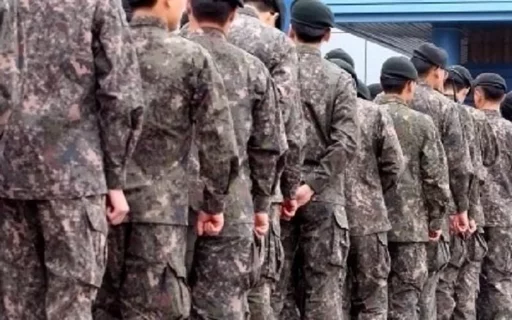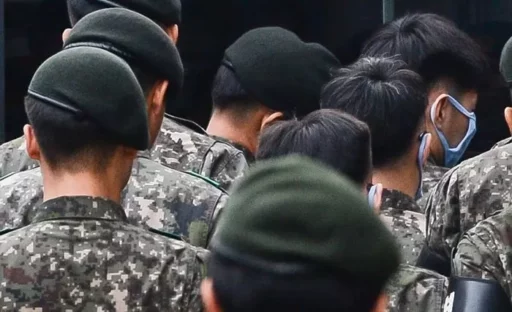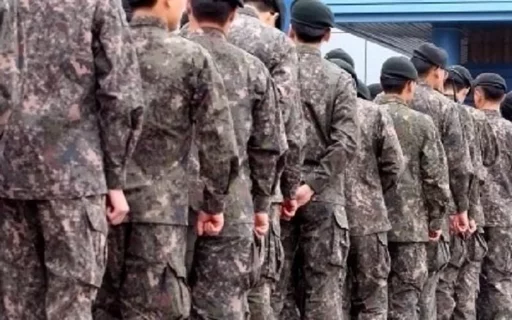The minimum troop level required for the armistice situation has already collapsed below '500,000'… Concerns over power void are growing.
The number of active-duty personnel in the Republic of Korea Armed Forces has decreased to the 450,000 range, resulting in the disbandment or consolidation of 17 units at the division level or above.
According to data submitted to Rep. Choo Mi-ae of the Democratic Party by the Ministry of National Defense and the Military Manpower Administration on the 10th, the active-duty personnel in the Republic of Korea Armed Forces, which was 560,000 in 2019, has dropped to 450,000 as of July this year, a decrease of 110,000 over six years.

The minimum required troop size of 500,000 for the armistice situation has already been breached two years ago, and since then, there has been a further reduction of over 50,000.
The number of Army soldiers has decreased by 100,000… Emergency measures for officer recruitment are needed.
In particular, the number of Army soldiers has dropped from 300,000 to 200,000, a significant decrease of over 100,000. Although the active-duty judgment rate has increased from 69.8% to 86.7%, it has not been sufficient to compensate for the troop shortage caused by low birth rates.
The officer selection rate has also fallen sharply. The officer selection rate, which was about 90% in 2019, dropped to around 50% last year. With it becoming increasingly challenging to secure long-term service personnel, there are concerns about disruptions to overall unit operations.
Disbandments and consolidations of divisions are occurring… The 28th Infantry Division will also become history in November.

As part of the defense reform established in response to troop reduction, units at the division level or above have decreased from 59 in 2006 to the current 42. Combat and mobilization units in the northern regions of Gangwon-do and Gyeonggi-do have primarily been targeted for disbandment.
In November, the Army's 28th Infantry Division, stationed in DongDUcheon, Gyeonggi-do, will be disbanded. The missions of the disbanded units will be reassigned to nearby units, leading to a situation where one unit is responsible for a wider defensive area than before. This raises concerns about potential declines in operational efficiency and response capability.
The Ministry of National Defense identified the primary reasons for the personnel reduction as low birth rates and the avoidance of officer roles due to improved treatment of soldiers. Accordingly, measures to incentivize officer recruitment are being pursued, such as reducing supplementary reserve and active reserve personnel, expanding female military personnel, and increasing short-term service bonus payments. There are also considerations for expanding civilian personnel in non-combat areas and extending the service terms of commissioned and non-commissioned officers.
Rep. Choo Mi-ae emphasized, "It is necessary to gradually introduce the 'selective conscription system,' improve service conditions, and establish a combined manned/unmanned combat system as part of the presidential campaign promise."
Image source: unrelated material photo / gettyimagesbank, News1


